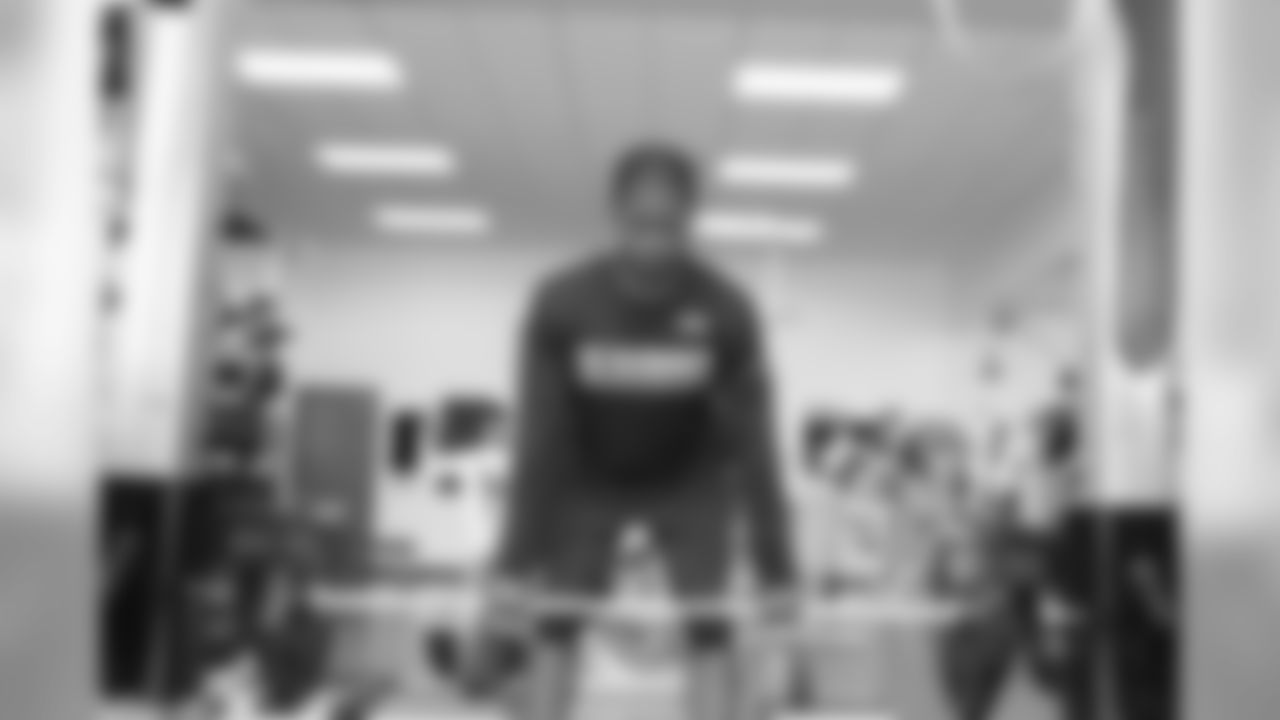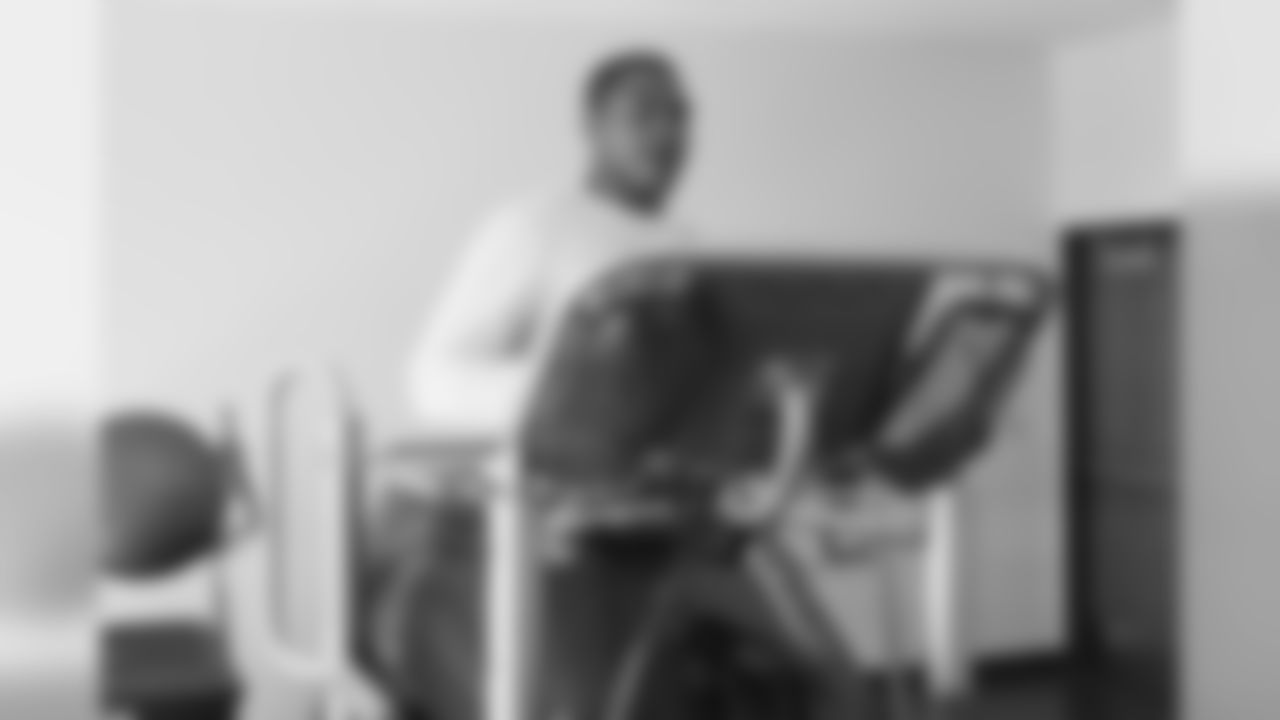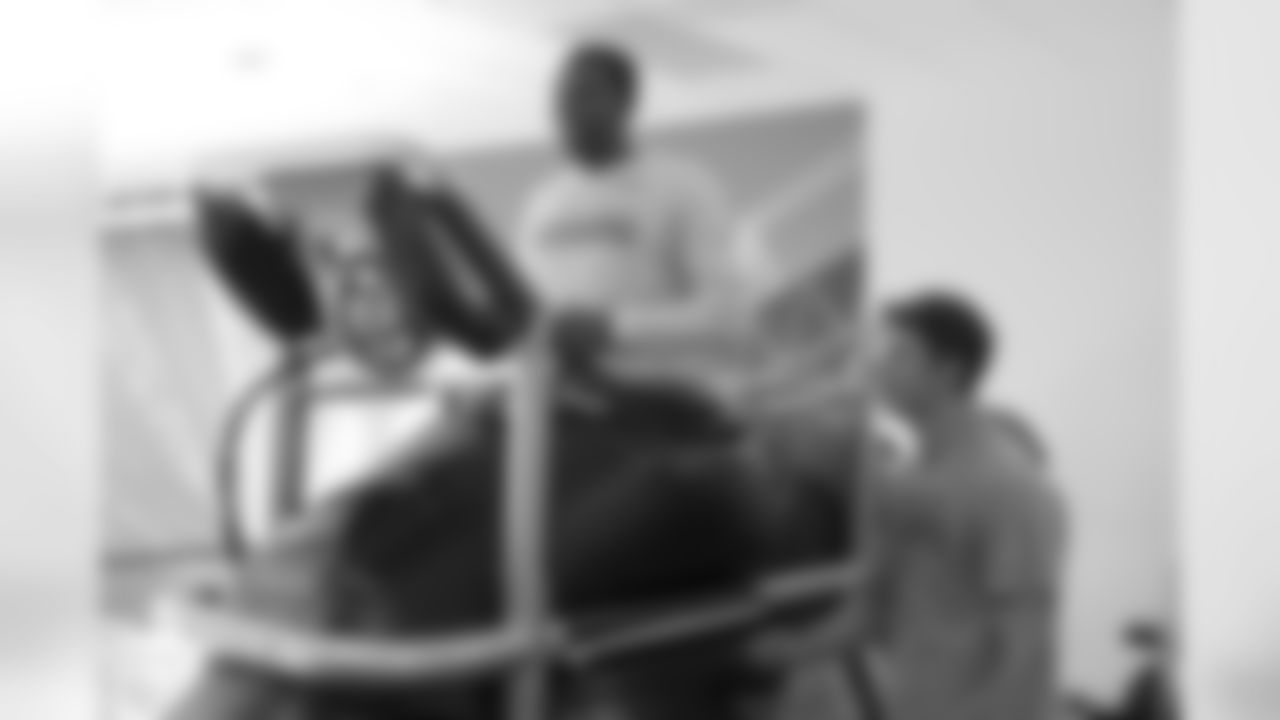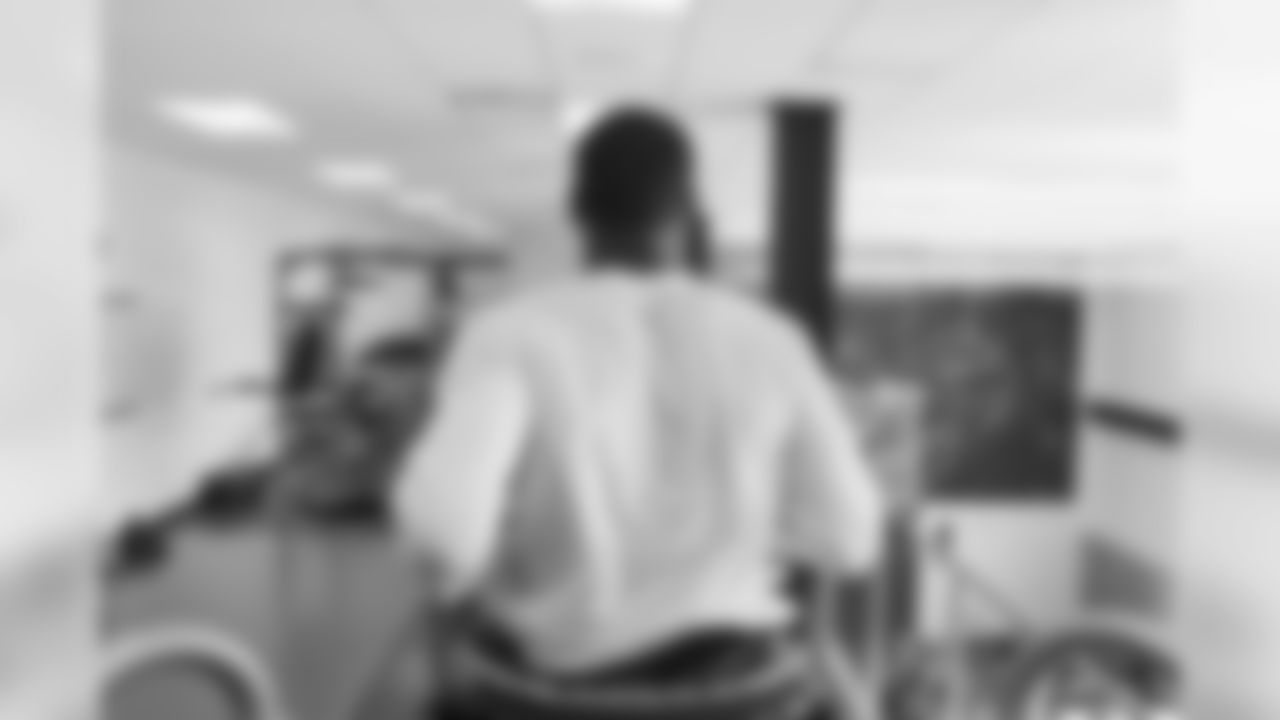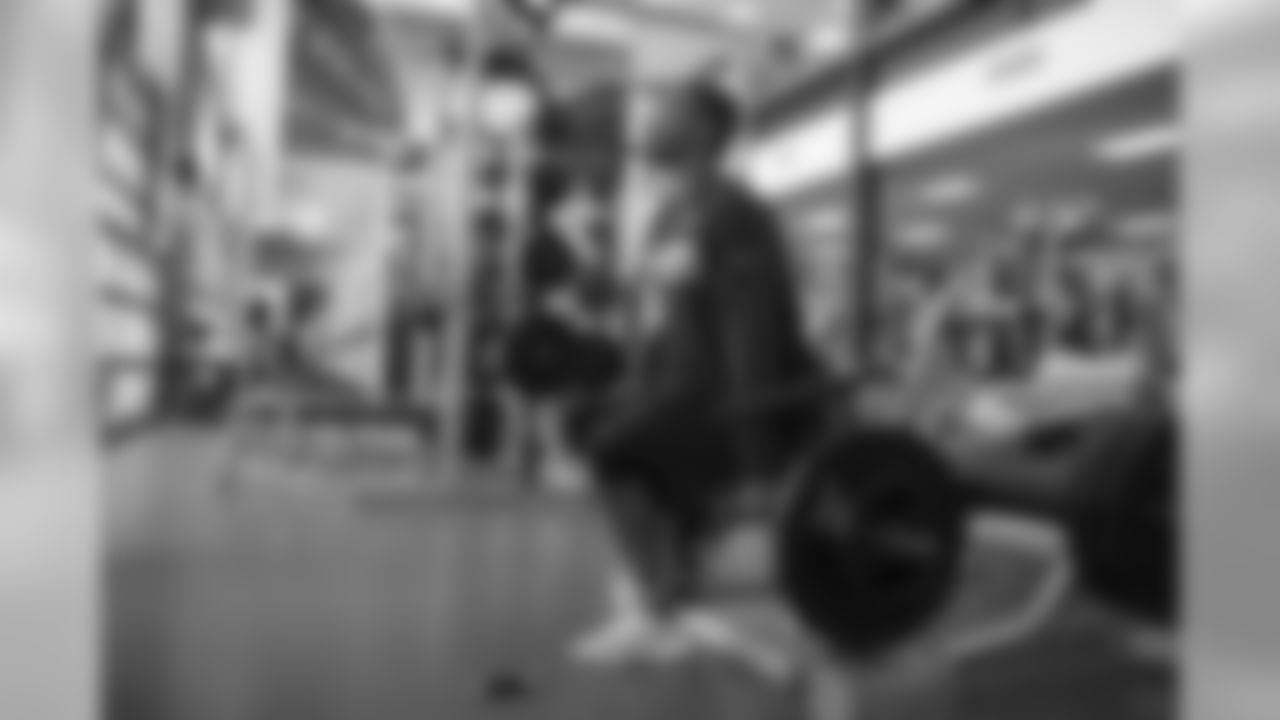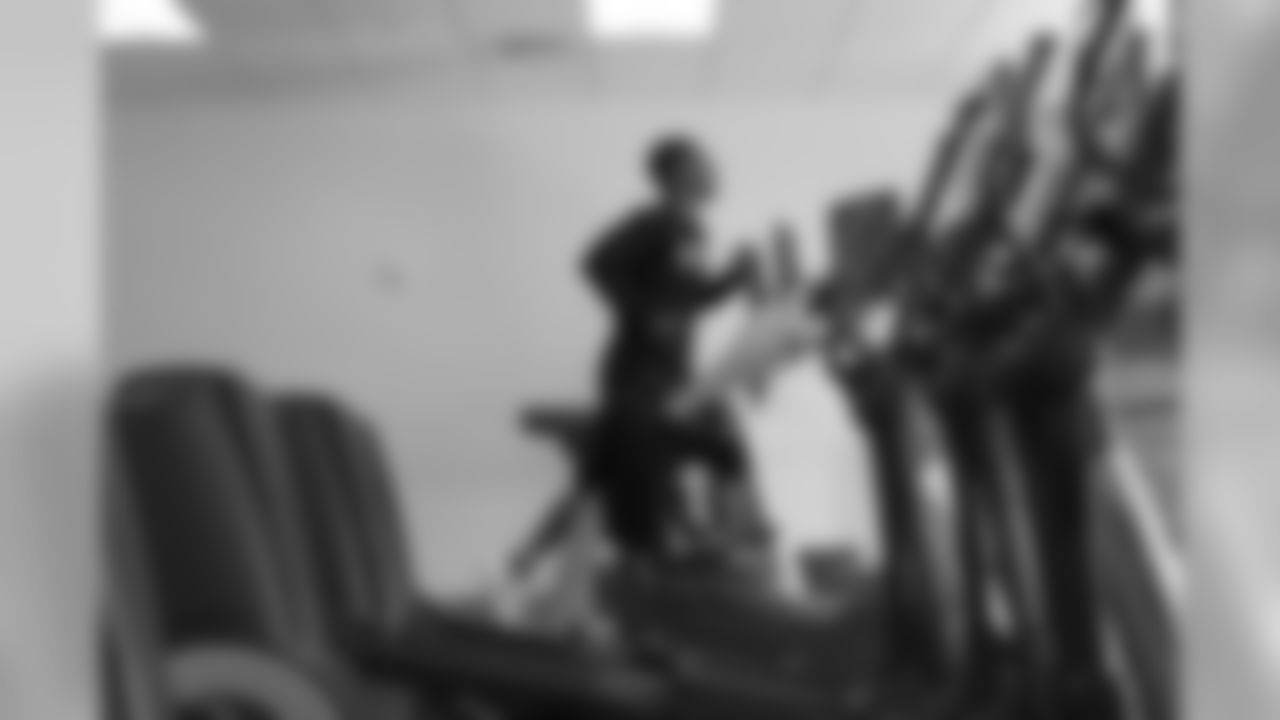Seahawks cornerback DeShawn Shead returned to practice last week, one of the final steps in his comeback from the torn ACL he sustained in last season's playoff loss at Atlanta.
A lot of hard work was put in, both by Shead and by the Seahawks' athletic training staff, for him to get to this point. But another key component for any Seahawks player's rehabilitation is Microsoft's Sports Performance Platform that director of player health & performance Sam Ramsden and his team use to help players be at their best, whether that means making sure healthy players are practicing efficiently, or helping players like Shead make it back from injuries.
Seahawks coach Pete Carroll strives to help players be the best they can be, and that goes beyond just Xs and Os. Whether it's nutrition, performance psychology or physical readiness, the goal is to give players and the people who work with them the best chance to succeed, and for Ramsden and his team, technology has played a big role in that.
"I believe in creating an environment and opportunities for athletes to achieve their best," Ramsden told Microsoft. "Coach Carroll wanted to bring something new and different to the Seahawks, a realm of performance that was untapped in their players. It's a realm not about Xs, Os, strategy or meetings, but about what players do to get themselves ready to play. The readiness comes in when players start focusing on the importance of data-driven decision making to maximize performance. How they eat, how they sleep, how they think and even how they move."
Shead embraced the use of technology and data as he worked his way back from injury.
"In terms of DeShawn, we've been able to use an organizational approach instead of one person's opinion. We've collected data throughout his entire rehab, coming back off of his knee injury. We're able to take that data and compare it to his position mates," Ramsden said. "We're also able to compare it to himself. And I think when you have all that, plus, when you can visually see that maybe there's some kind of little hitch, you have a reason for it. We're not guessing anymore. We have the professionals in the building to address the concern that you're seeing, because there's data to suggest that he may not be able to power off that leg as well as the other leg, for instance."
Added Shead: "Having these technologies and putting it into rehabbing has been great for me because I have something to gauge and to go off of. I love numbers, so when I can see that one is stronger than the other, that means I've got to do a little bit more reps on the other one. I think this information is a great tool in rehab that helps guide me to get back on the field."
You can read a lot more about Shead’s rehab and the technology the Seahawks use here, or check out the video above.
Photos of receiver Tyler Lockett and cornerback DeShawn Shead working their way back from the injuries that ended their 2016 seasons early.
